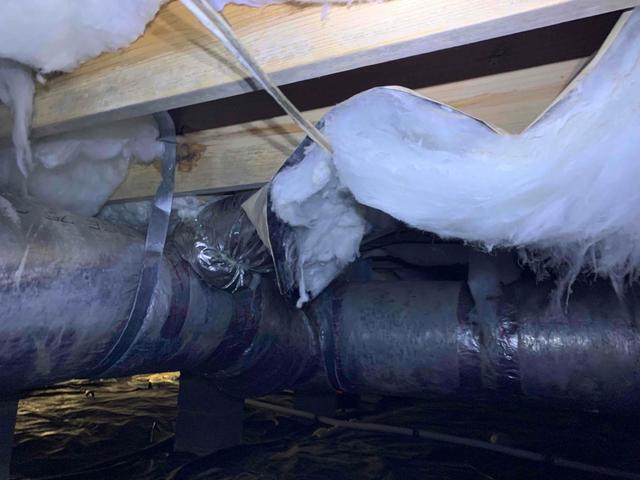
Mold and Mildew Growth
Mold and mildew have grown on many of the wooden floor joists of this crawl space. Mold will form on any organic materials within the crawl space when the relative humidity hovers around or above 60% during warmer temperatures. Mold spores will rise into the home above, and some health issues, such as asthma and irritation, can arise from extended exposure to mold spores
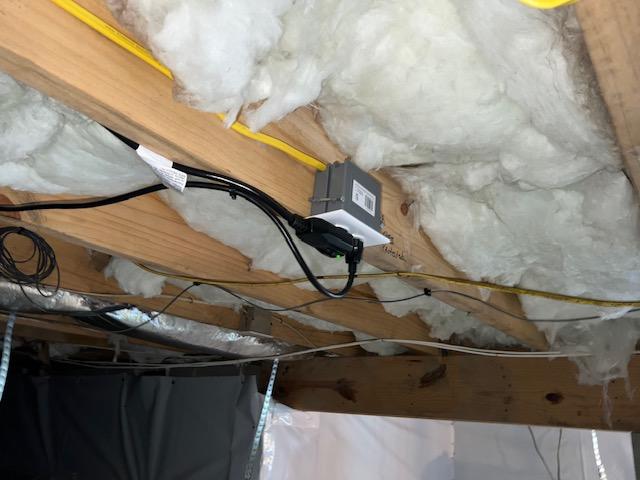
Mold Remediation
We used an antimicrobial, called Shockwave, to spot-clean all affected areas within the crawl space. This solution will eliminate the mold and mildew growth on organic materials, however, it will not remove any staining left behind from the growth. To keep mold and mildew growth from occurring in the future, we would need to control the relative humidity and temperature of the crawl space.
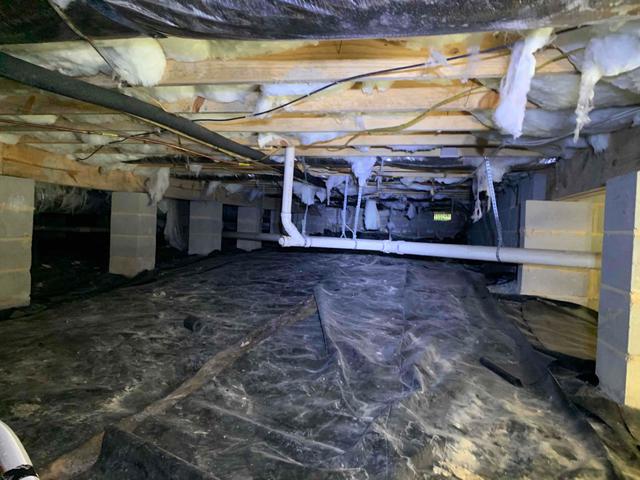
Exposed Dirt Flooring
The existing vapor barrier contained gaps and rips in it that were allowing the earth's moisture to freely rise into the crawl space and elevate the relative humidity. This can then lead to mold and mildew growth, high energy bills, and even moisture damage to materials within the crawl space.
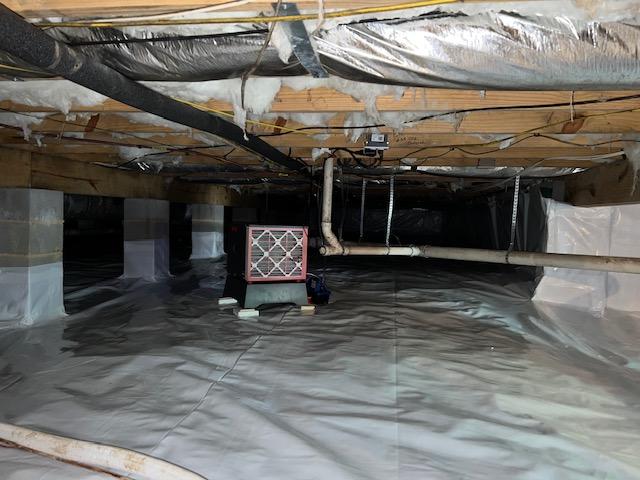
CleanSpace Light and Dehumidifier
We installed a durable 10-mil vapor barrier, called CleanSpace Light, to cover the dirt floor of this crawl space. The CleanSpace is wrapped around all piers, sealed with vinyl tape, and mechanically fastened to the foundation walls six to eight inches above the outside grade. While the liner protects the crawl space from the earth's moisture, we installed an energy-efficient dehumidifier to help regulate the temperature and relative humidity of the crawl space.
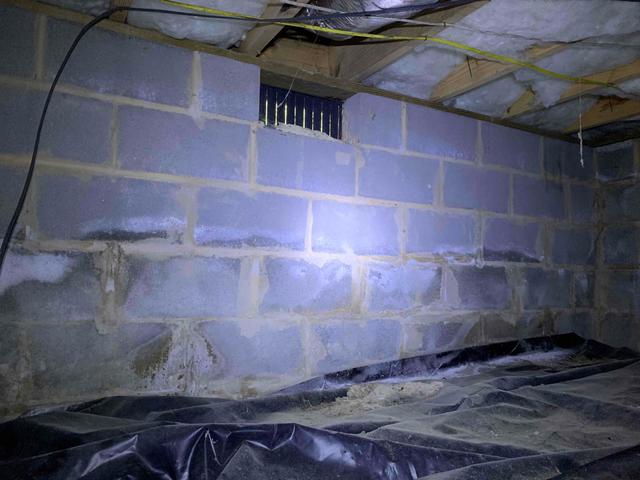
Porous Walls and Open Vents
The foundation walls of this crawl space were covered with efflorescence, which can occur when moisture forces its way through the porous cinderblocks, bringing along with it the inner salts and sediments to the surface, creating a chalky or powdery substance along the walls. Open vents were also allowing the outside air and moisture to flow into the crawl and affect the relative humidity and environment of the crawl space.
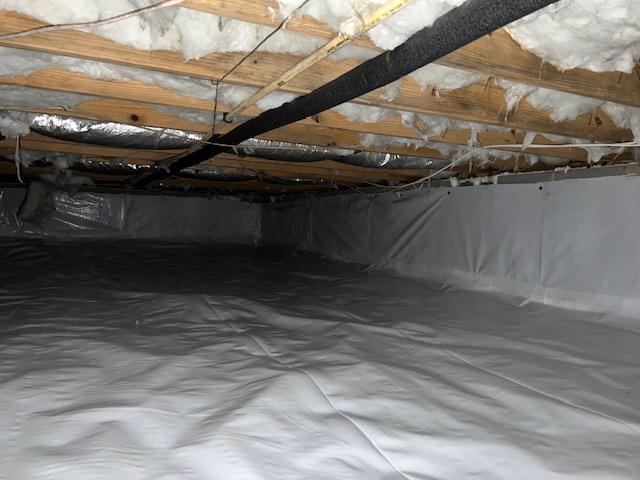
Insulating the Porous Walls
The homeowner at this time decided not to move forward with our proposal on insulating the foundation walls. We would use either closed-cell spray foam or our Foamax foam board to cover the walls. These solutions would act as an air barrier and vapor retarder to help mitigate the influence of the outside air and moisture. We would also internally block off and seal the open vents using foam board pieces and can foam. This would help us control the relative humidity and environment of the crawl space.


